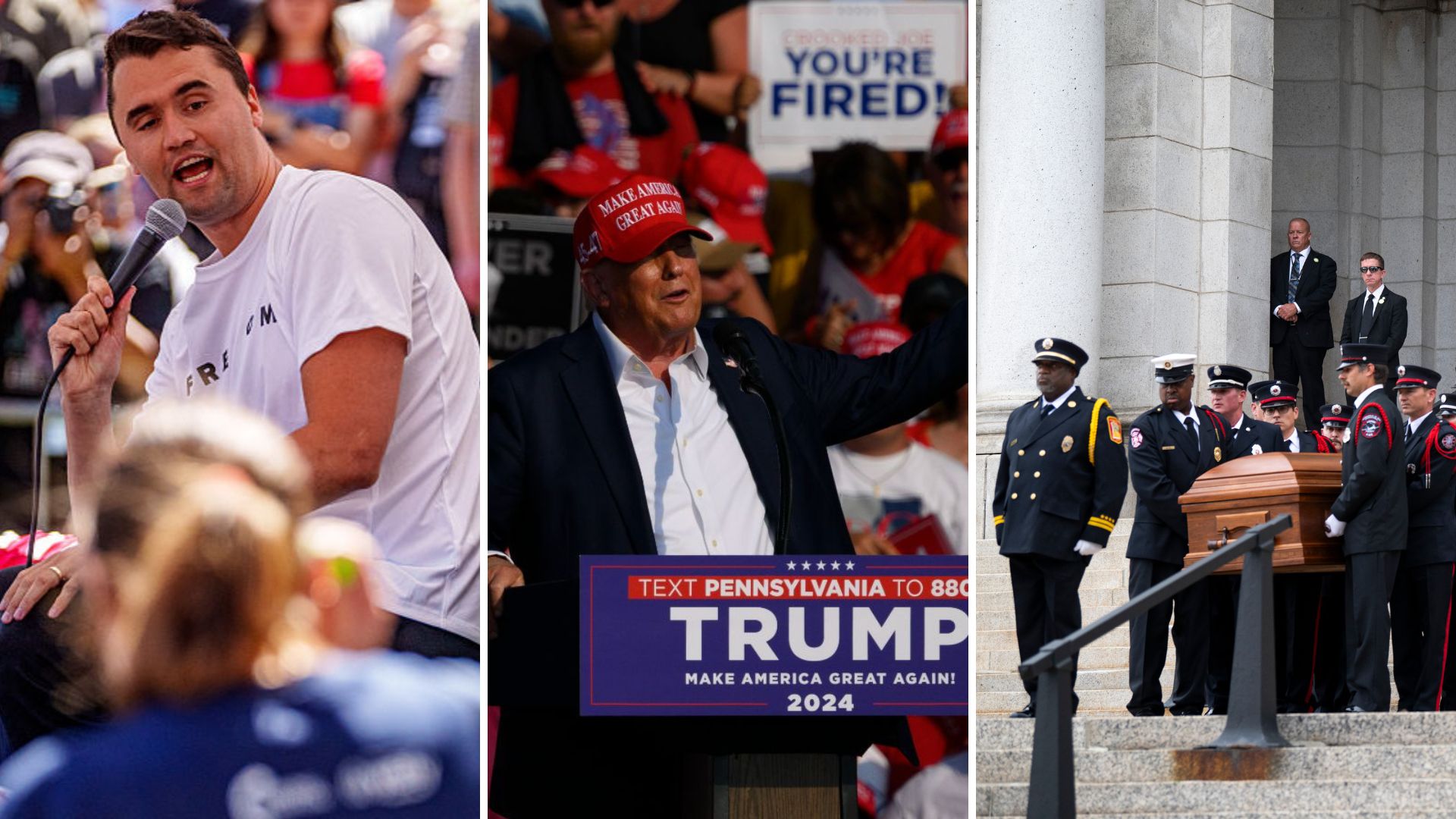
Political polarization in the United States has reached an extremely dangerous level, affecting Democrats and Republicans alike. Since Donald Trump entered politics in 2017, a surge in threats and attacks has been evident.
The assassination of Charlie Kirk is apparently the latest in a string of terrifying acts of political violence in the U.S. “A society that resorts to violence to solve its problems starts to surrender its claim on being a society,” @dgraham.bsky.social writes.
Yet while Trump points the finger of blame at the “radical left”, citing the assassination of Charlie Kirk and the failed attempt on his life, he is silent about attacks on Democratic elected officials, including the foiled kidnap attempt on Michigan Governor Gretchen Whitmer and the deaths of Melissa Hortman, a Democratic elected official from Minnesota, and her husband.
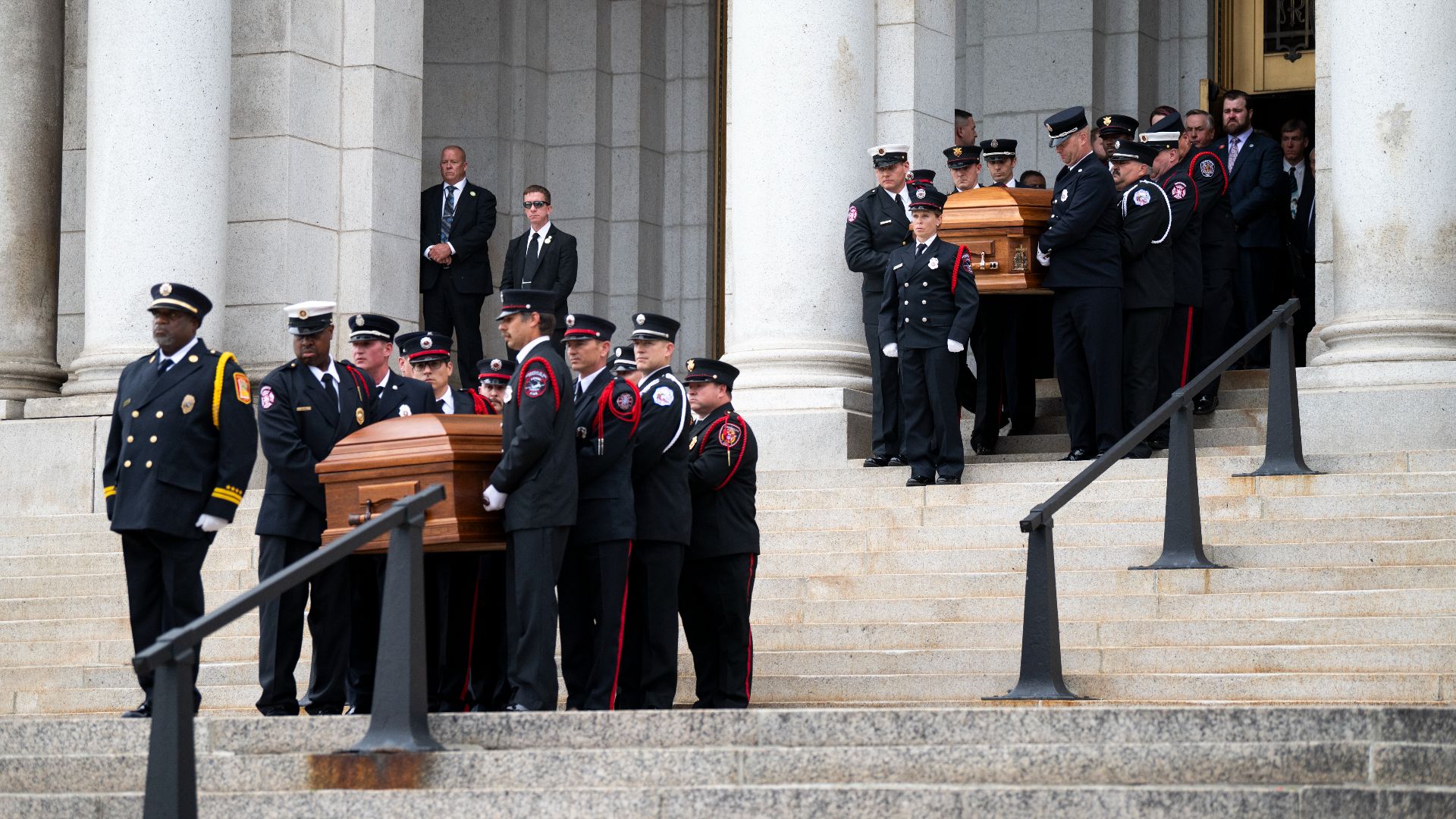
Even more, we can't ignore the gap between pre- and post-Trump: from 2016 to 2025, figures from the U.S. Capitol Police (USCP) reveal a dramatic increase in threats and incidents targeting U.S. elected officials.
In 2016, there were around 902 open cases. By 2017, the year Donald Trump became president, this figure jumped to 3,939, more than four times as many. The trend then accelerates: 5,206 in 2018, 6,955 in 2019, then a peak of 8,613 in 2020 in the midst of the presidential campaign.
An absolute record
The absolute record is reached in 2021 with 9,625 cases… never seen before! After a slight drop to 7,501 in 2022, the volume rises again in 2023 (8,008) and climbs again in 2024 to 9,474, almost to the record level of 2021. Full figures for 2025 have yet to be released, but Congressional security officials confirm that the pace remains high.
In less than ten years, the number of recorded threats has increased tenfold, a sign of political polarization that is now turning into physical danger not only for elected officials, but also for polarizing public figures like Charlie Kirk, media personalities building their notoriety on controversial comments and whose rise has accelerated with Trump's arrival in politics.

Between 2017 and September 2025, many American politicians and public figures were the target of threats, attacks or violent plots.
Steve Scalise, Barack Obama and Hillary Clinton
By 2017, the attacks were multiplying: first with bomb threats targeting Jewish community centers, orchestrated by Michael Ron David Kadar and Juan M. Thompson, then with the shooting of Republican members of Congress at a baseball practice, where Republican Steve Scalise was seriously wounded by James Hodgkinson, a staunch opponent of Trump from the radical left.
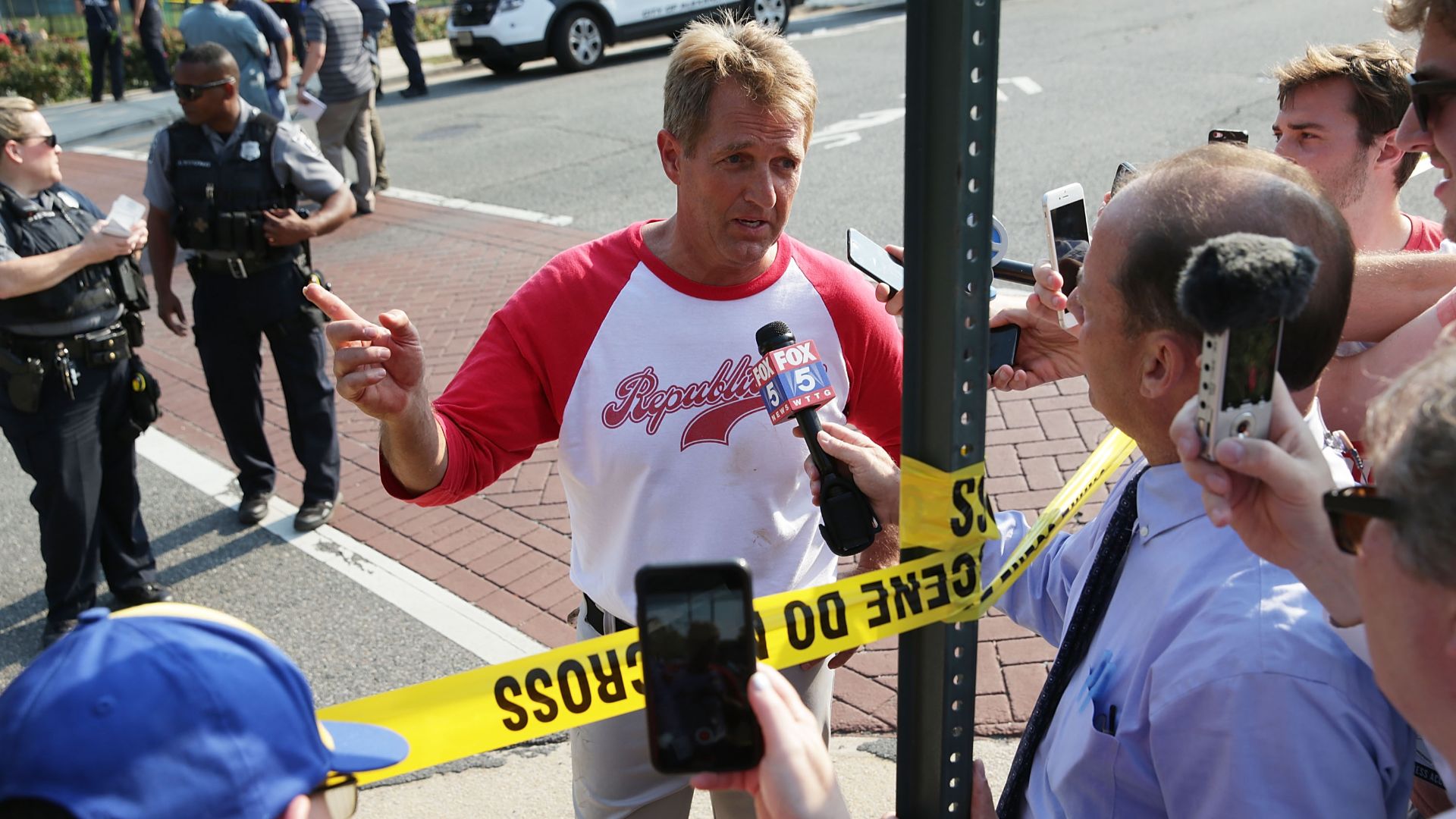
The following year, the escalation continued with package bombs sent by Trump supporter Cesar Sayoc to Democratic figures such as Barack Obama, Hillary Clinton and Joe Biden, as well as to CNN, and the attempt to intimidate Senator Susan Collins with a powdery letter.
A worrying tipping point
In 2019, the Christopher Paul Hasson case illustrates a worrying shift: a Coast Guard officer fascinated by Anders Breivik, he was planning a mass attack against Democratic elected officials such as Nancy Pelosi, Chuck Schumer and Alexandria Ocasio-Cortez, as well as journalists from CNN and MSNBC, all motivated by white supremacism.
Gretchen Whitmer, Mike Pence and Paul Pelosi and Nancy Pelosi
The following years confirm the seriousness of the phenomenon: in 2020, a far-right group plots the kidnapping of Michigan's Democratic governor, Gretchen Whitmer, out of hostility to Covid-related health measures.
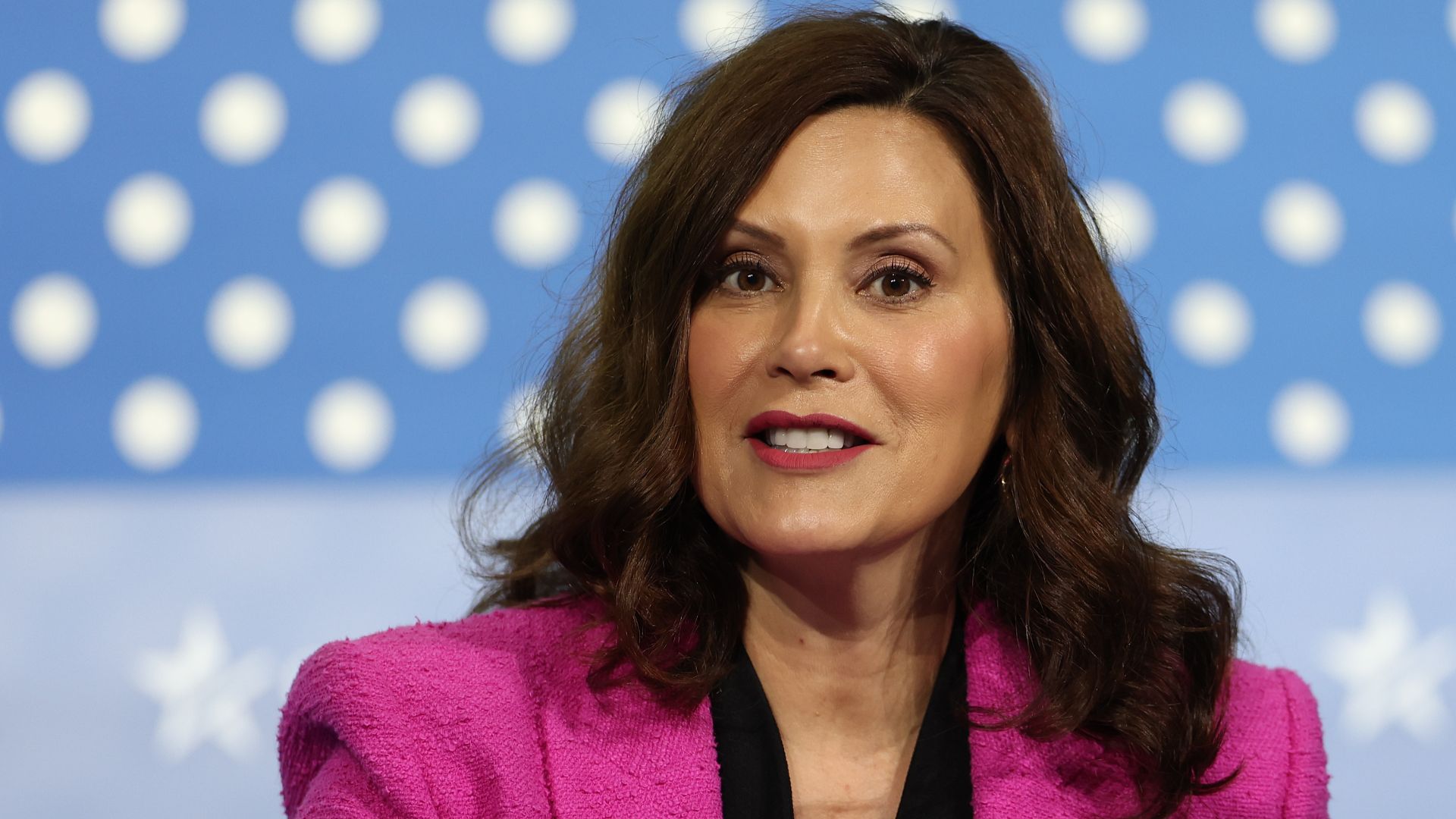
During the Capitol Hill insurrection on January 6, 2021, several U.S. elected officials were directly threatened by Donald Trump supporters trying to prevent the certification of Joe Biden's victory. In particular, the rioters chanted slogans calling for “hanging Mike Pence”, then Republican vice president, accused of betraying Trump by validating the election result. Nancy Pelosi, then Democratic Speaker of the House of Representatives, was also among the priority targets, with intruders seeking out her office by shouting her name.
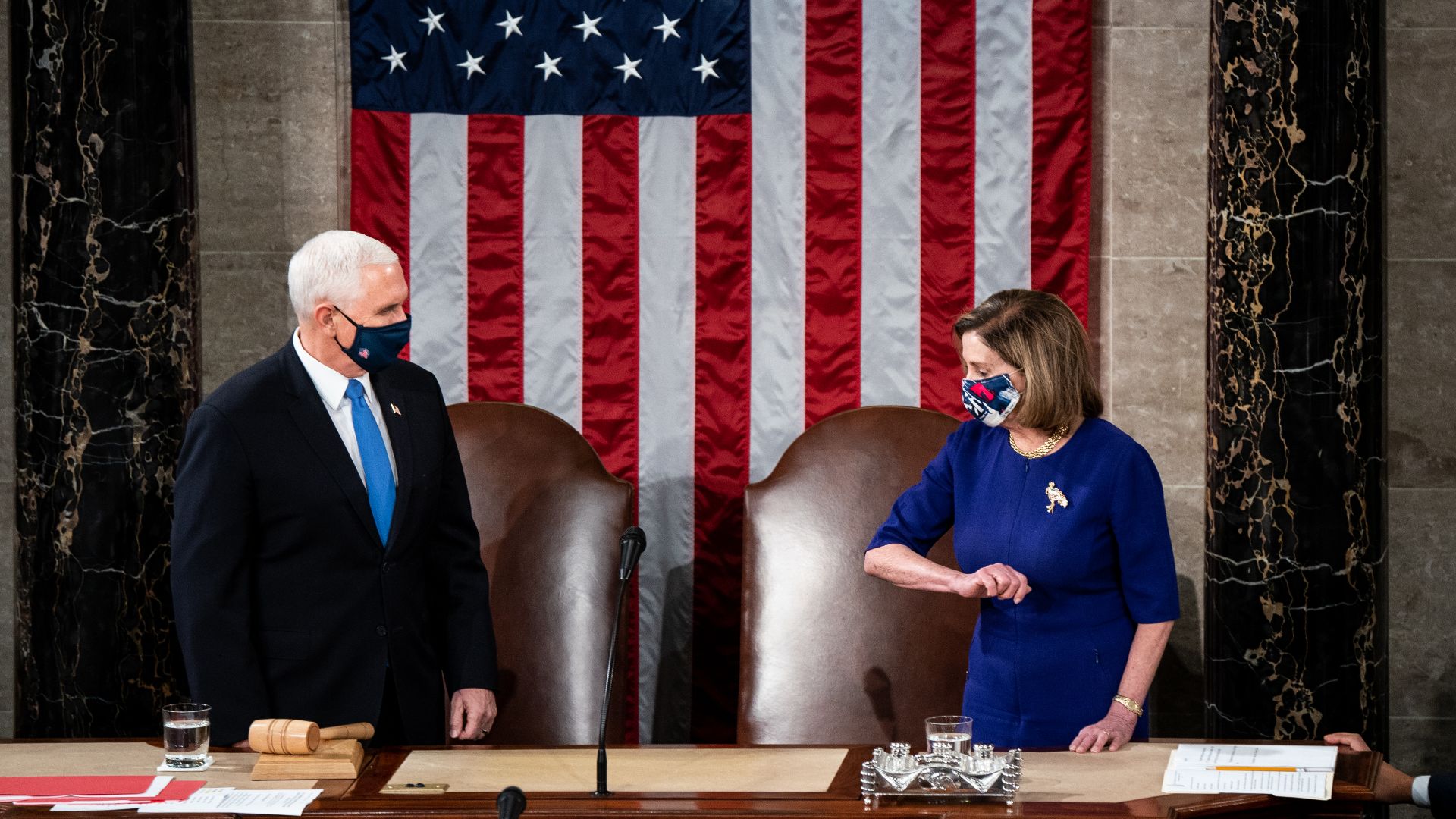
In 2022, physical assaults multiplied, with the attempted cutter attack on Republican Lee Zeldin, armed threats aimed at Democrat Pramila Jayapal and the hammer attack on Nancy Pelosi's husband Paul Pelosi, motivated by far-right conspiracy theories.
Nikki Haley, Marjorie Taylor Greene, Jack Smith and Donald Trump
The years 2023 and 2024 saw both a wave of swattings, affecting elected officials and judges of all stripes (Nikki Haley, Marjorie Taylor Greene, Shenna Bellows, Jack Smith, Tanya Chutkan, Arthur Engoron, Rick Scott, Michelle Wu, etc.), and serious threats against Joe Biden.
It was also in 2024 that two assassination attempts were made against Donald Trump: the first in Butler, Pennsylvania, where a bystander was killed and Trump wounded, and the second near his golf club in Florida, attributed to Ryan Wesley Routh, still on trial.
Josh Shapiro, Melissa Hortman and Charlie Kirk
In 2025, the attacks continued with the arson on Governor Josh Shapiro's official residence in Pennsylvania, committed by Cody Allen Balmer, mixing personal hatred, anti-Semitic motives and reference to the Israel-Gaza conflict.
A few weeks later, Minnesota was hit by the assassination of Melissa Hortman, a Democrat, and her husband, while Senator John Hoffman and his wife were seriously wounded by an assailant posing as a police officer.
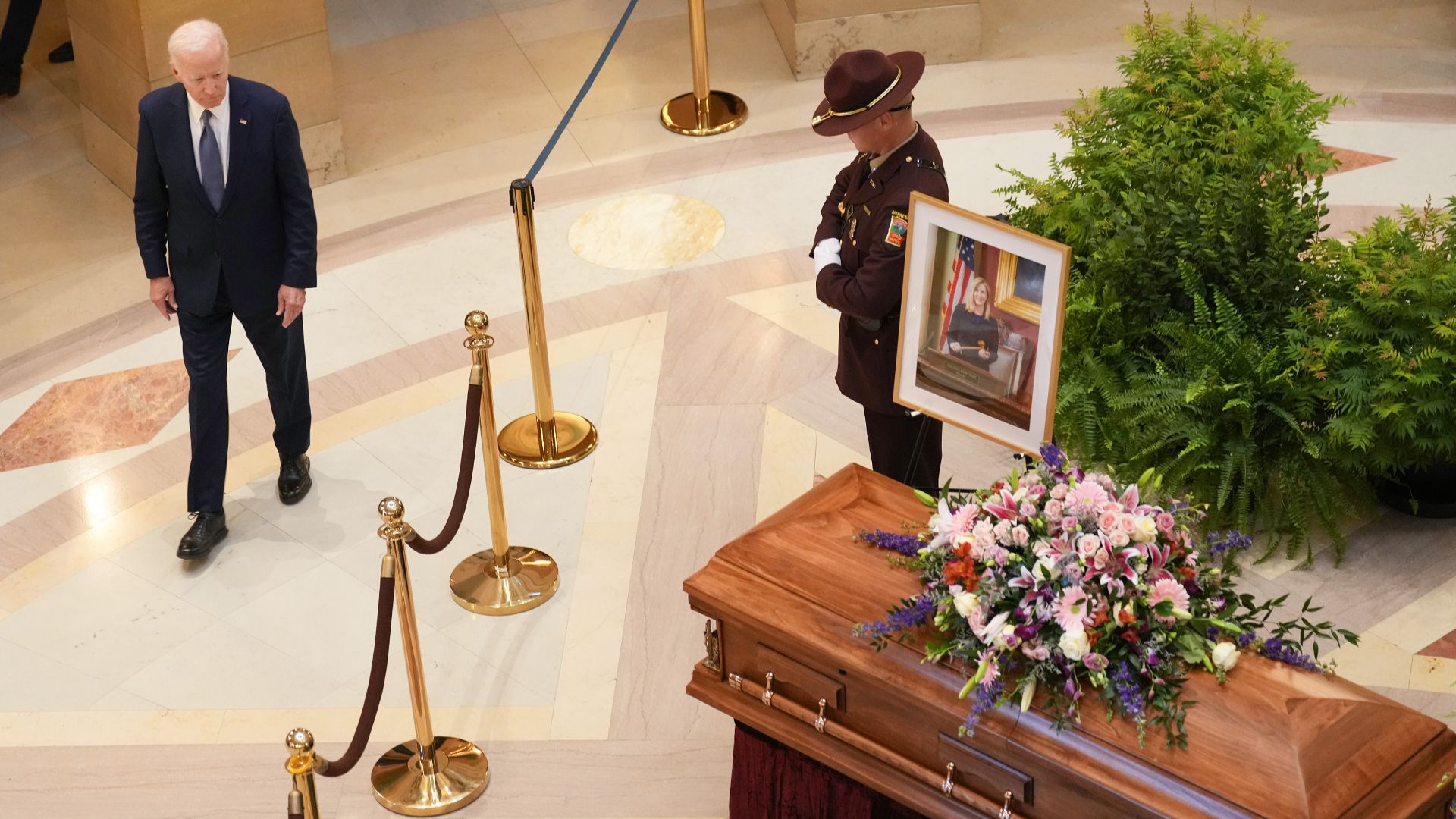
Then, in September 2025, conservative activist Charlie Kirk is gunned down at an event at Utah Valley University, a tragedy still under investigation.
A heavy trend
We can see that political threats and violence in the United States are no longer isolated events, but a heavy trend that has been rising steadily since 2017. They affect Republicans and Democrats alike, fueled by extreme polarization, conspiracy rhetoric and the use of hate as a political weapon.

Donald Trump's reaction to Charlie Kirk's death perfectly illustrates the dilemma: rather than calling for appeasement, he directly points the finger of blame at the radical left, reinforcing the idea of an existential clash between camps.
This selective reading on the part of the President, who neglects the attacks coming from the right, risks further fueling the cycle of violence and further weakening American democracy.